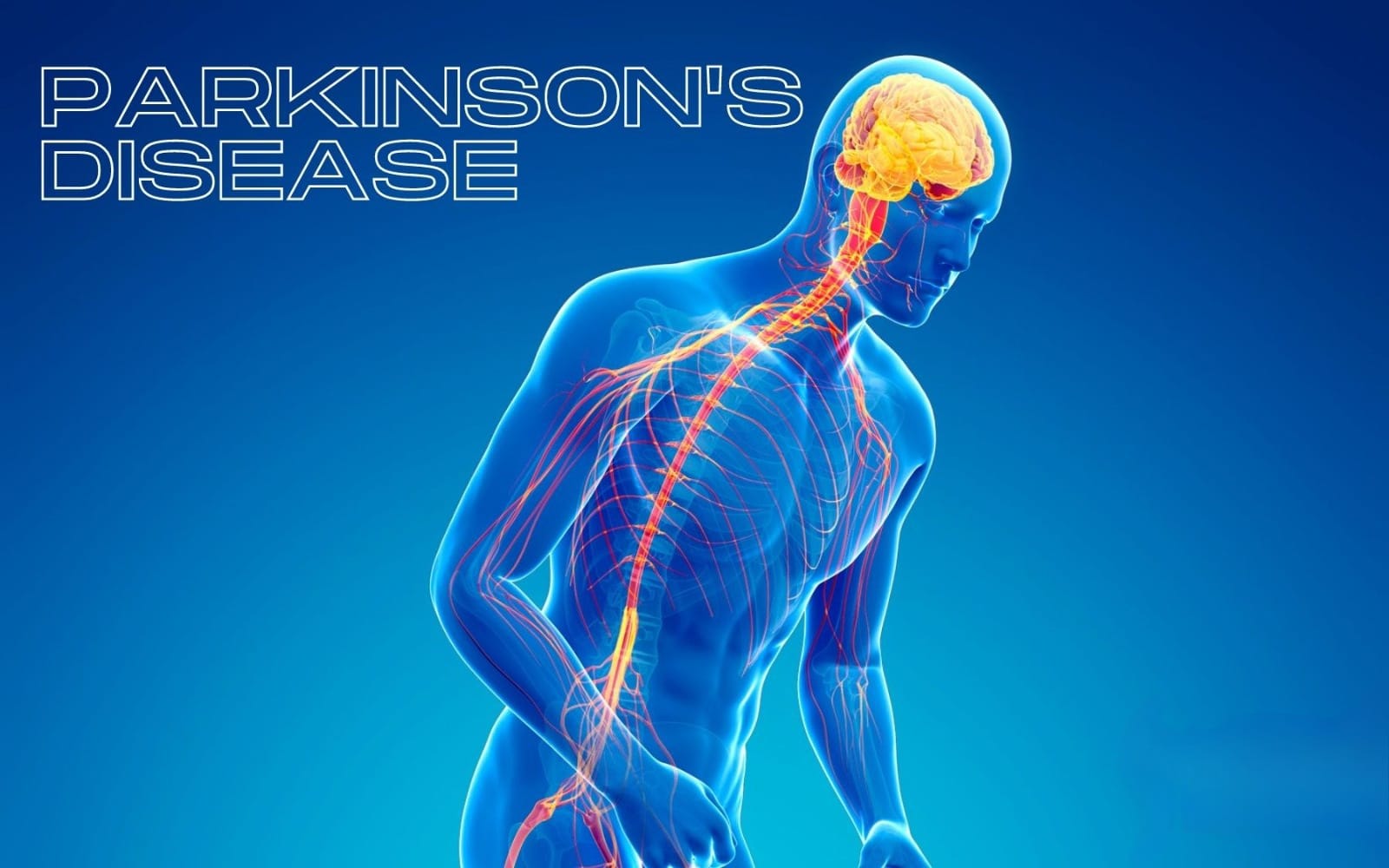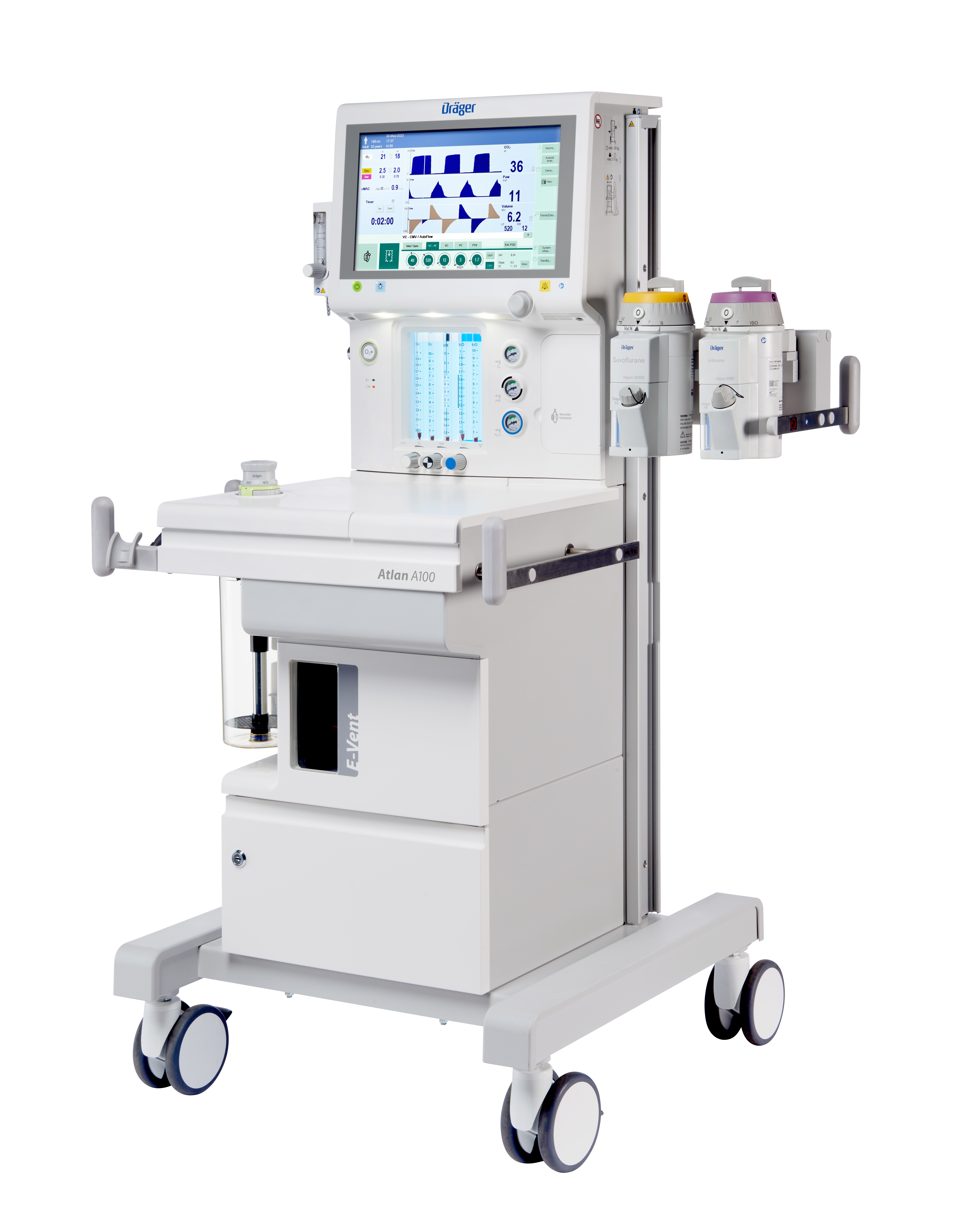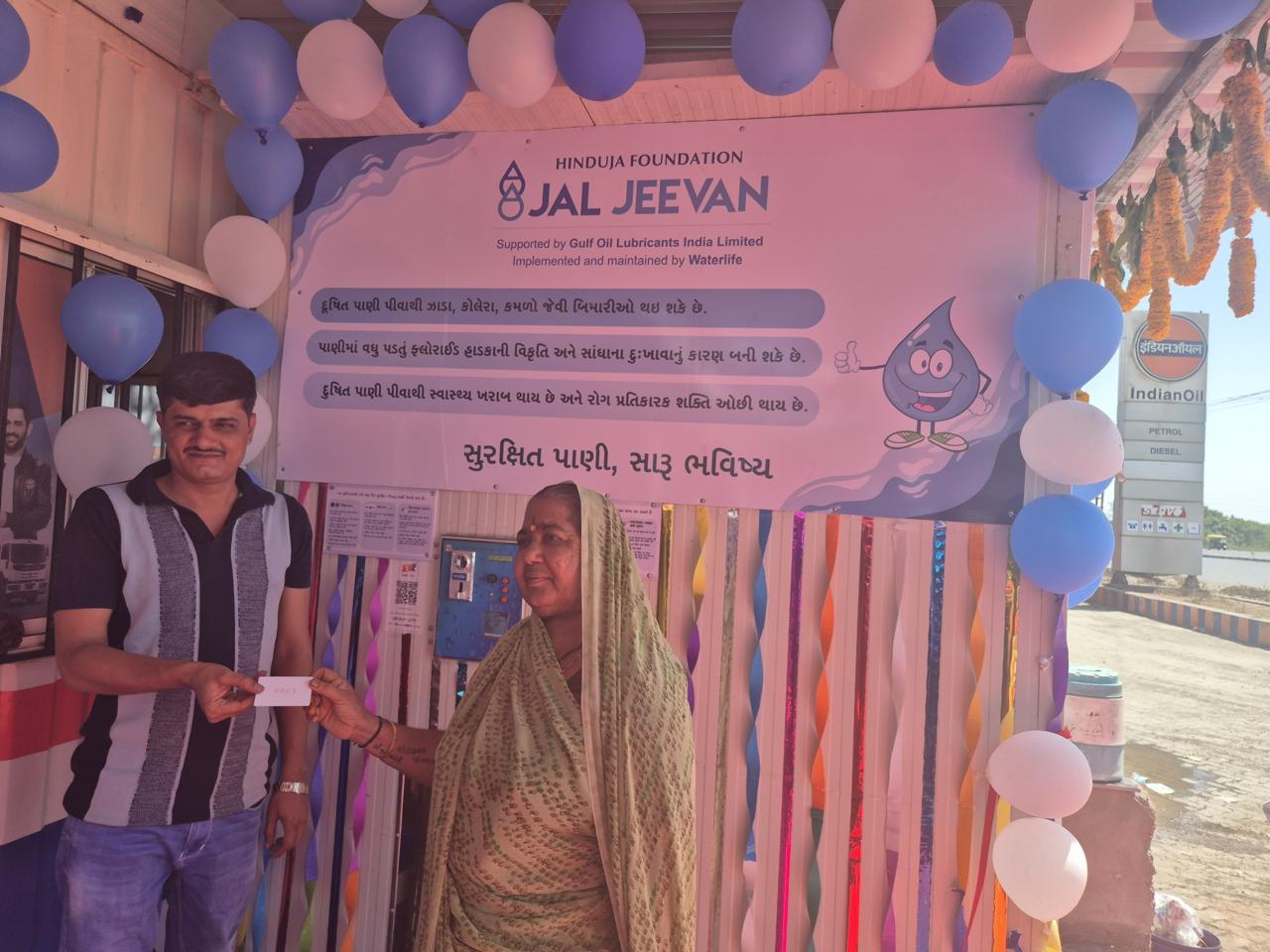The Union Minister of Health and Family Welfare, Shri JP Nadda, has emphasized the need for enhanced healthcare coverage in India. During a recent review of the Ayushman Bharat Pradhan Mantri Jan Arogya Yojana (PMJAY) and the Ayushman Bharat Digital Mission (ABDM) with senior officials of the National Health Authority (NHA), Nadda highlighted several critical areas requiring attention to improve the nation's healthcare delivery system.
A Call for Better Coordination with States: Shri JP Nadda stressed that effective coordination with Indian states is crucial for overcoming challenges that hinder the successful implementation of PMJAY. He pointed out that many of these challenges are unique to individual states and need tailored solutions. To address this, he has directed the NHA to engage regularly with state authorities. This ongoing dialogue aims to gain a comprehensive understanding of state-specific issues and develop strategies to address them efficiently.
The Importance of a Bottom-Up Approach: A significant part of Nadda's strategy is the adoption of a bottom-up approach to strengthen and expand the creation of Ayushman cards for eligible beneficiaries, particularly in urban areas and metropolitan cities. This approach involves working from the grassroots level up, ensuring that the benefits of the Ayushman Bharat scheme reach every corner of the country, including the most densely populated urban centers. By focusing on local needs and involving community leaders and organizations in the process, the government hopes to make the enrolment process more inclusive and effective.
“Let us keep our systems flexible and agile to ensure the enrolment process,” Nadda said. This statement showcases the need for adaptability in the system to accommodate the and changing needs of India's population.
Leveraging Smart Technology for Better Healthcare Delivery: The Union Health Minister also highlighted the importance of employing smart technology tools to directly connect with beneficiaries. These tools can facilitate real-time feedback from patients regarding their hospitalization and treatment experiences. By incorporating digital solutions, the NHA aims to enhance the transparency and efficiency of healthcare services.
“This will help us improve the delivery of our healthcare services,” Nadda added. By collecting and analysing data from beneficiaries, the government can identify gaps in the system and implement necessary improvements swiftly.
The Role of Ayushman Bharat PMJAY: The Ayushman Bharat Pradhan Mantri Jan Arogya Yojana (PMJAY) is one of the largest healthcare initiatives in the world. Launched in September 2018, PMJAY aims to provide health coverage to over 100 million families, approximately 500 million people, or nearly 40% of India's population. The scheme offers an insurance cover of up to Rs. 5 lakh per family per year for secondary and tertiary care hospitalization.
The primary objective of PMJAY is to reduce the financial burden on poor and vulnerable groups arising out of catastrophic hospital episodes and ensure their access to quality health services. The scheme covers a wide range of treatments, including those for serious illnesses like cancer, heart diseases, and kidney ailments.
Challenges in Implementing PMJAY: Despite its ambitious goals and significant achievements, the implementation of PMJAY faces several challenges. These include:
1. Awareness and Enrollment: Many eligible beneficiaries are still unaware of the scheme or find the enrollment process cumbersome. Ensuring that more people are informed and enrolled is a critical challenge.
2. State Coordination: Different states have different healthcare infrastructures and challenges. Coordinating effectively with state governments to address local issues is essential for the smooth implementation of the scheme.
3. Healthcare Infrastructure: In many parts of the country, especially rural areas, the healthcare infrastructure is inadequate to meet the increased demand generated by PMJAY. There is a need for significant investments in healthcare facilities and workforce.
4. Fraud and Abuse: Ensuring that the benefits of the scheme reach the intended beneficiaries and are not misused is another major challenge. There have been instances of fraud and abuse that need to be curbed through stringent monitoring and regulation.
5. Quality of Care: Ensuring that the healthcare services provided under the scheme meet quality standards is crucial. There is a need for regular audits and assessments to maintain the quality of care.
The Ayushman Bharat Digital Mission (ABDM): The Ayushman Bharat Digital Mission (ABDM) is another significant initiative aimed at transforming India's healthcare system. Launched to create a digital health ecosystem, ABDM seeks to develop the necessary infrastructure to support the integrated digital health system of the country.
The mission aims to establish a unique digital health ID for every Indian citizen, enabling seamless access to health records. This digital health ID will store an individual's medical history, making it easier for healthcare providers to offer better and more personalized care.
Benefits of ABDM
1. Efficiency: By digitizing health records, ABDM aims to reduce paperwork and administrative burdens, making the healthcare delivery system more efficient.
2. Accessibility: Digital health records can be accessed from anywhere, making it easier for patients to receive care when they need it, regardless of their location.
3. Continuity of Care: With a comprehensive digital health record, healthcare providers can offer continuous and coordinated care, improving patient outcomes.
4. Data-Driven Decision Making: The digital health ecosystem will generate valuable data that can be used to inform policy decisions and improve healthcare planning and delivery.
The initiatives under Ayushman Bharat, including PMJAY and ABDM, represent significant steps toward achieving universal health coverage in India. However, their success depends on effective implementation and addressing the challenges identified by Shri JP Nadda.
By fostering better coordination with states, adopting a bottom-up approach, and leveraging smart technology, the government aims to make healthcare more accessible, efficient, and patient-centric. These efforts will not only improve the quality of care but also ensure that the benefits of the Ayushman Bharat scheme reach every eligible beneficiary.
The journey toward a healthier India is ongoing, and with continued commitment and collaboration, the vision of accessible and quality healthcare for all can become a reality. The focus now is on ensuring that these initiatives are implemented effectively, addressing the challenges along the way, and continuously improving the healthcare system to meet the needs of the population

 The journey toward a healthier India is ongoing, and with continued commitment and collaboration, the vision of accessible and quality healthcare for all can become a reality.
The journey toward a healthier India is ongoing, and with continued commitment and collaboration, the vision of accessible and quality healthcare for all can become a reality.










.jpeg)

.jpeg)
.jpeg)

.jpeg)


.jpeg)



.jpeg)
.jpeg)
.jpeg)


.jpg)


.jpeg)
.jpeg)